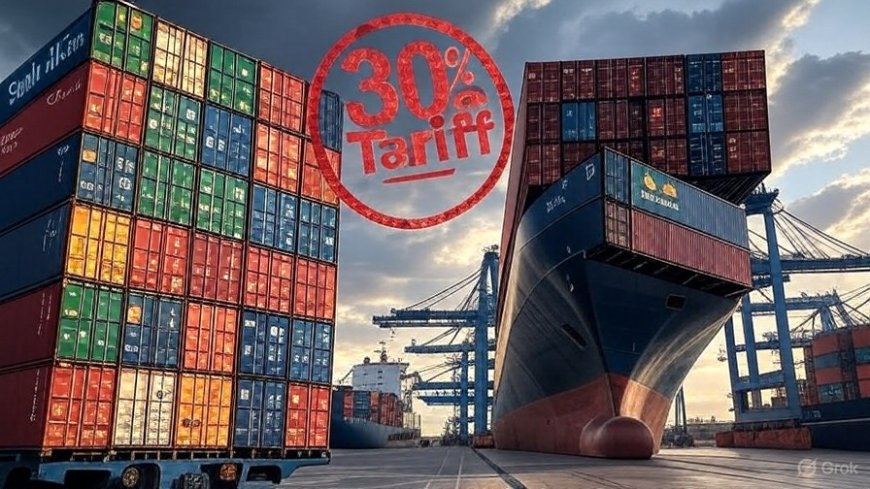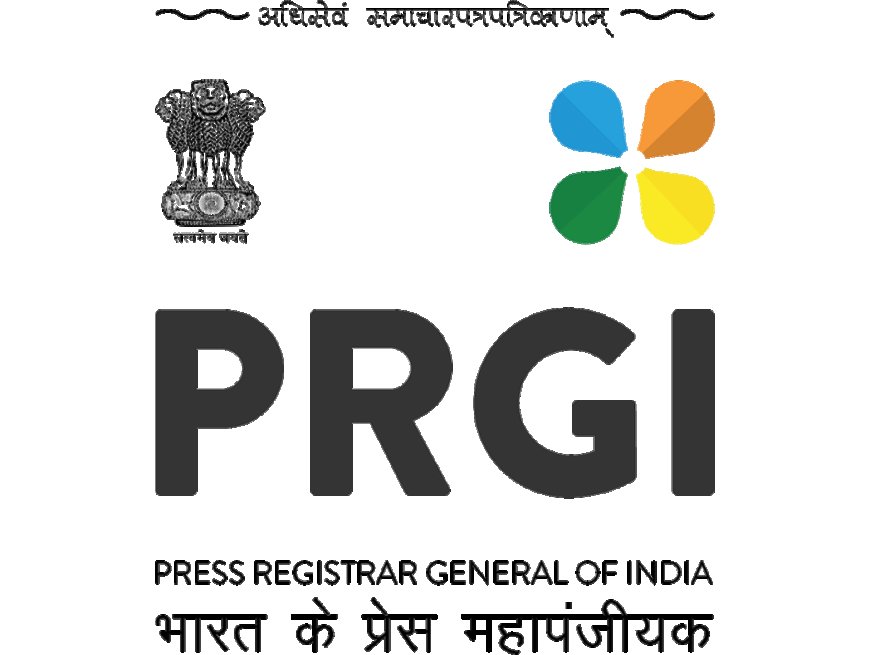South Africa Scrambles as Steep U.S. Tariffs Sweep Through Export Markets
South Africa is urgently formulating strategies to counter the economic blow from the U.S.’s new 30% tariffs on its exports, sparking trade concerns and high-stakes negotiations.

When a Trade Lifeline’s Cut: South Africa Scrambles Under New 30% U.S. Tariffs
By early August 2025, South Africa found itself navigating choppy waters. On August 8, the United States imposed a sweeping 30% reciprocal tariff on a broad swath of South African exports—its harshest levy yet—effectively rewriting the economic script for Pretoria. Across industries—from auto manufacturing to wine and agriculture—companies are racing to adapt. Here’s how the nation is responding.
A Tariff Shock with Real Consequences
South Africa was blindsided by the announcement. Despite months of back-and-forth discussions with Washington, including a late proposal involving U.S. natural gas purchases and major investments, no agreement was reached by the cutoff date. Then, at 12:01 a.m. on August 8, the 30% duty took effect, voiding the benefits of duty-free access under the African Growth and Opportunity Act (AGOA) for thousands of goods. ReutersWikipedia
This abrupt shift slashed South Africa's cost competitiveness in key export markets. Industry bodies warned the impact would be immediate: job cuts, lost contracts, and an urgent scramble to reorient supply chains.
Jobs at Risk, Industries Under Fire
The human and economic stakes are high. Government officials have estimated that up to 30,000 jobs could be jeopardized—particularly in sectors like automotive manufacturing, agriculture, and wine. AP News
-
Wine producers are among the hardest hit. With the U.S. accounting for a significant share of their $500 million annual export revenue, wineries are seeing orders canceled and revenue vanish. Estimates suggest over a quarter of a million industry jobs nationwide now hang in the balance. Financial Times
-
Sugar farmers are also reeling, warning of severe financial strain. IOL
Unemployment is already stubbornly high—nearing nearly 33% in early 2025, with youth unemployment above 46%—making this tariff shock even more perilous. AP News
National Response: Support, Strategy, and Urgency
Pretoria wasted no time. On August 4, the government unveiled a support suite that includes:
-
A block exemption from certain competition regulations, allowing businesses to coordinate responses.
-
Working capital and equipment financing facilities to maintain operations.
-
Tapping into the Unemployment Insurance Fund to soften job losses. Reuters
Trade Minister Parks Tau and President Ramaphosa stressed the urgency of diversifying export markets—especially within Africa, Asia, and Europe—and reiterated that diplomacy with Washington remains ongoing. ReutersIOL
Minister Gwede Mantashe echoed that South Africa would not simply accept the tariffs—rather, the country would pivot to new market avenues to protect its mineral and industrial base. IOL
Central Bank: Modest Economic Hit, But Structural Risks Loom
South Africa’s central bank struck a cautiously optimistic tone. Governor Lesetja Kganyago indicated that, with the U.S. accounting for just 7% of exports in June, the immediate impact may be "modest." Accordingly, the 2025 growth forecast was trimmed by only 0.1 percentage points. Reuters
Nevertheless, financial markets have started to reflect underlying strain. The rand weakened, and bond yields edged upward. Reuters+1
Strategic Realignments: Diversify or Perish
Strategically, South Africa’s leaders are eyeing several paths to regain balance:
-
Broaden trade relationships through regional and intra-African agreements.
-
Bolster support measures for hard-hit sectors, especially viticulture and agro-processing.
-
Press for tariff relief, continuing negotiations with U.S. counterparts even as the tariff regime remains in place.
As analysts note, protecting critical industries now will be vital for preserving jobs—and restoring investor confidence. Reuters+1
Why This Matters—Beyond Just Numbers
The U.S. tariff move is more than an economic setback. It symbolizes a broader shift in global trade dynamics—one where longstanding arrangements can unravel abruptly under shifting political pressures. For South Africa, the message is clear: resilience now hinges on agility, domestic policy coherence, and strategic alliances.
Conclusion: A Nation Responds
South Africa may be reeling, but it is far from defeated. With robust policy tools, committed leadership, and a pragmatic pivot toward new markets, the country’s blueprint for overcoming this crisis is already taking shape.
Still, questions remain. Can alternatives be secured fast enough to fill the void left by the U.S. tariff? And will the support mechanisms put in place today be sufficient to stabilize key industries—and livelihoods—tomorrow?











